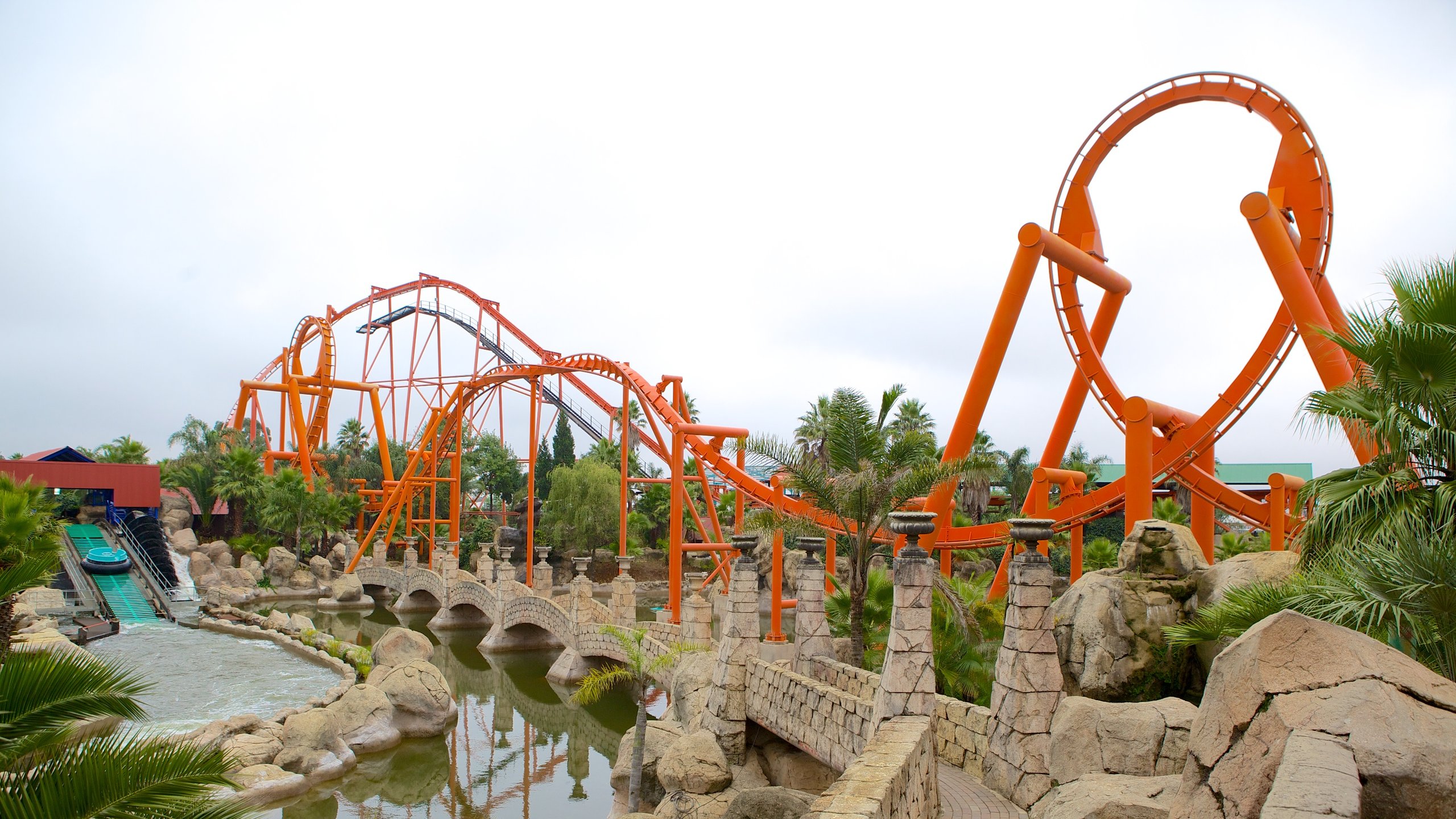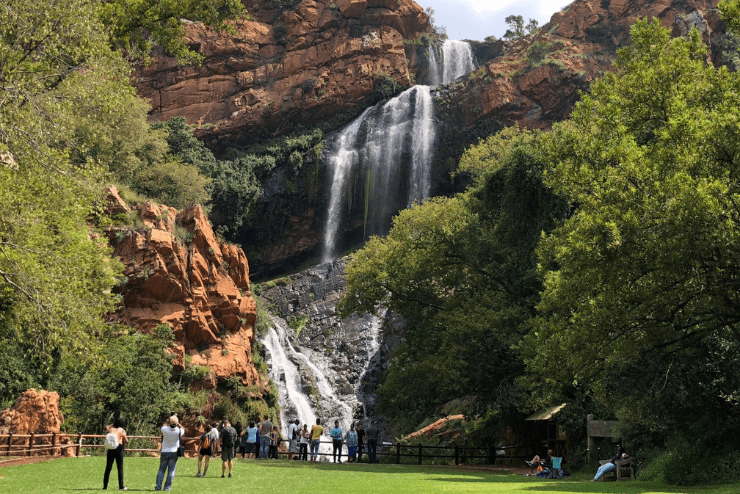Johannesburg North Attractions - Truths
Johannesburg North Attractions - Truths
Blog Article
The Ultimate Guide To Johannesburg North Attractions
Table of ContentsGetting The Johannesburg North Attractions To WorkFacts About Johannesburg North Attractions RevealedJohannesburg North Attractions Fundamentals ExplainedThe smart Trick of Johannesburg North Attractions That Nobody is Discussing9 Easy Facts About Johannesburg North Attractions Explained3 Easy Facts About Johannesburg North Attractions ShownExcitement About Johannesburg North Attractions
However you need to maintain protection in mind and vacationers need to stay sharp whatsoever times when in strange surroundings. Talk with the locals when you remain in town to learn about the area you are remaining in. Johannesburg North attractions. When on the street (this does not relate to mall and other safe and secure atmospheres) ideal general suggestions is to try your ideal to appear like a neighborhood and to stay clear of showing any kind of kind of wealth
The smart Trick of Johannesburg North Attractions That Nobody is Talking About
Teacher Revil Mason O. J. (Thomson, 1946) explored the Witwatersrand's pre-colonial history. His archaeological job took off the 'em pty land' myth, according to which the area was lacking human habitation prior to the arrival of European settlers. In his magazines Prehistory of the Transvaal: A Document of Human Task (1962) and Origins of Black Individuals of Johannesburg and the Southern Western Central Transvaal Advertisement 3501880 (1986 ), Professor Mason demonstrated the degree of social and financial advancement in the area before Europeans established foot here.

Some Known Questions About Johannesburg North Attractions.
He acted with the government's authorization, given after he had actually testified keep his explorations key. In 1874, small mining procedures were started in the Magaliesberg, where an Australian, Henry Lewis, had found gold down payments. In 1878, David Wardrop found gold in quartz veins at Zwartkop, north of Krugersdorp. In 1881, Stephanus Minnaar stumbled upon gold on the farm Kromdraai, near the Cradle of Humankind.
In March 1886, an outcropping (soon to be called the Key Coral reef) was found, rather fortuitously, on Gerhardus Oosthuizen's farm Langlaagte. Some claim that the Lancastrian coal miner George Walker found this reef. One more travelling English miner, George Harrison (that had formerly operated in Australian mines) gotten a prospecting licence in respect of Langlaagte in May 1886.
He made a decision to go on in a pursuit for greener fields, and disposed of his Langlaagte claim for the handsome sum of 10. Alas: underneath lay the wealthiest goldfield ever discovered. The exploration of this abundant auriferous reef provoked a gold rush that indicated the end of bucolic tranquillity in the southern Transvaal.
It would, within 6 years, end up being the largest community in southern Africa. Within a decade, it would certainly make the Z. A. R. up until then an anarchical and insolvent little state the richest country in Africa. By the turn of the century, the Z. A. R. was to exceed Russia, Australia and the United States of America to end up being the world's leading gold producer, producing more than a quarter of the world's gold.
Johannesburg North Attractions - An Overview
It was referred to as Ferreira's Camp, called after Colonel Ignatius Ferreira. He was a Boer traveler upon whom the British authorities had bestowed the condition of Friend of the A Lot Of Differentiated Order of St Michael and St George (entitling him to the post-nominal letters C. M. G.) in appreciation for his duty in the battle that had actually deposed the Pedi king Sekhukhune in 1879.
2 other camps were developed: Meyer's Camp on the ranch Doornfontein, and Paarl Camp. my response The latter was nicknamed Afrikander Camp; many people from the Cape Colony cleared up there.

Examine This Report on Johannesburg North Attractions
This name obtained currency by word of mouth, such that the State Assistant verified the name to the Mining Commissioner on 9 October 1886. Stands in the village were auctioned on 8 December 1886. While some stands were sold for 10, others were torn down for as little as sixpence.
2 years later, these erven were to alter hands for as much as 750 each. The tented camps diminished as a dorp of corrugated iron buildings created and broadened north of the mines located along the Key Coral Reef Roadway. Areas such as Jeppe's Community (where working-class immigrants erected their residences) and Doornfontein (where the wealthy new 'Randlords' began to construct their opulent houses) were soon added to the ever-expanding map of the community.
About Johannesburg North Attractions
Apart from the road names, there were no indications of Johannesburg being situated in a Dutch-speaking nation., virtually everyone spoke English and even the Federal government slaves read this addressed one in English, unless they were first dealt with in the Taal (or Reduced Dutch)'.
Therefore, Britain had a rate of interest in guaranteeing ideal conditions for gold production on the Witwatersrand, and that the gold was exported to London as opposed to Berlin an important made even more clamant by the Z. A. R - Johannesburg North attractions.'s raising toenadering with Germany. Mine owners were on a collision course with Head of state Kruger, whose policy of monopolistic concessions (commonly provided to his cronies) protected against mining companies from procuring supplies of products (specifically dynamite) and work on their very own, cheaper terms
The 9-Second Trick For Johannesburg North Attractions
In 1890, the Volksraad had limited the franchise to white males that had actually lived in the Z. A. R. for fourteen years or longer, thus invalidating most of the immigrants (who happened to be the significant factors to the fiscus). Anxiety for the ballot was a mere pretext for advertising a different program; many uitlanders concerned themselves as short-term site visitors and had no objective of continuing to be in the Z.
Report this page